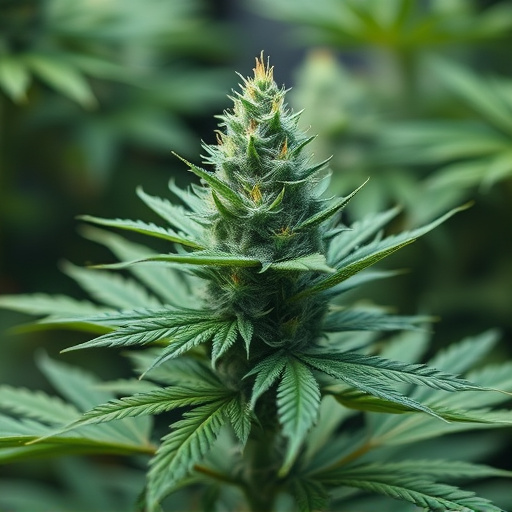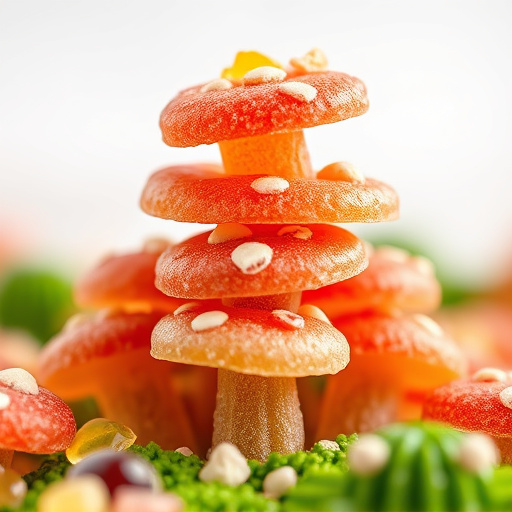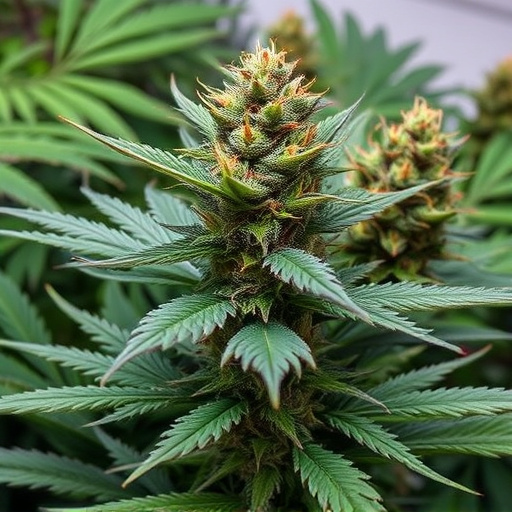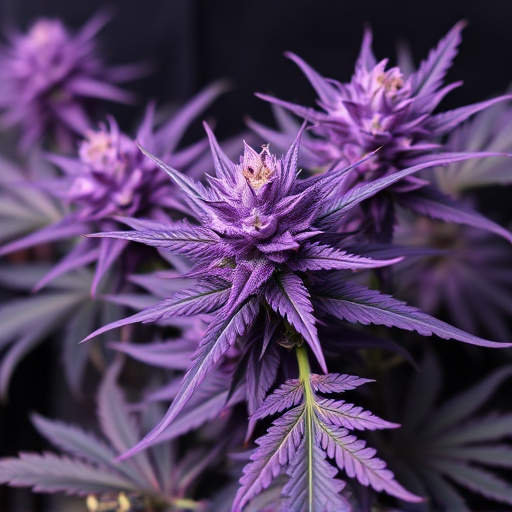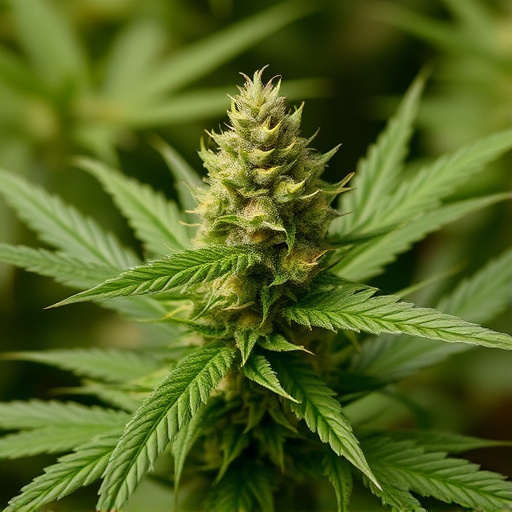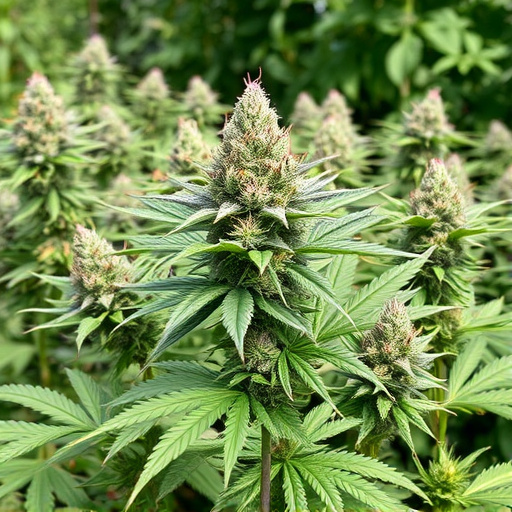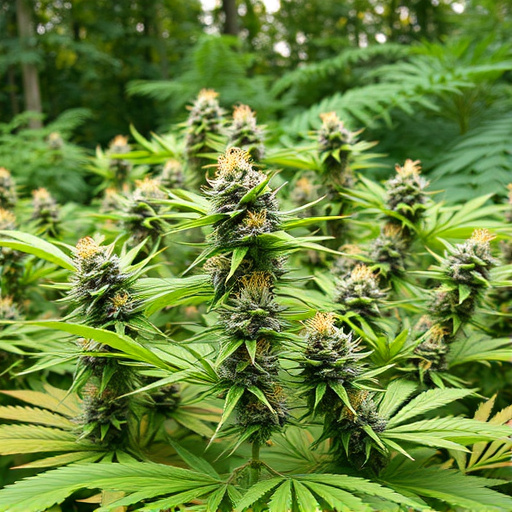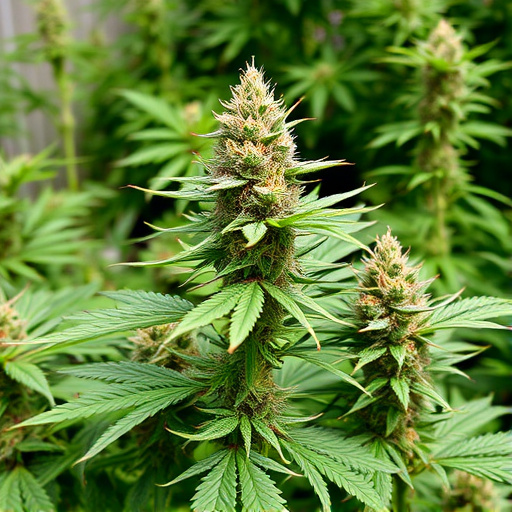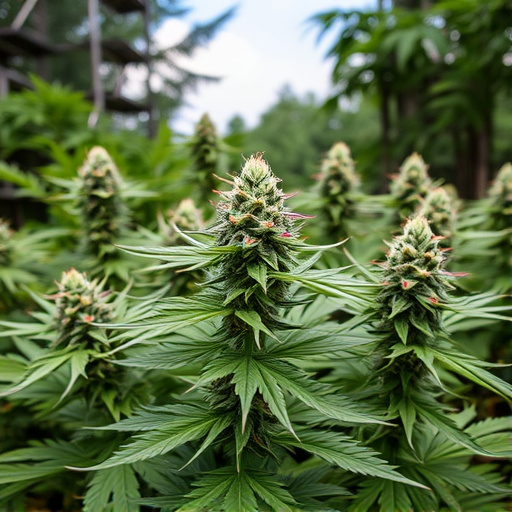Outdoor cannabis strains offer a holistic approach to pain management through THCs psychoactive effects on brain receptors and CBDs indirect interaction with the endocannabinoid system, providing alternative, non-psychoactive methods. Terpenes enhance these strains' anti-inflammatory and calming properties, making them appealing for chronic pain relief. However, caution is advised as safety and effectiveness remain under research, emphasizing the importance of strain selection, dosage, and consulting healthcare professionals before use.
“Unraveling the science behind THC and CBD’s powerful role in pain management, this article offers a comprehensive guide. Cannabis compounds have gained attention for their potential to alleviate chronic pain, with outdoor cannabis strains emerging as a popular choice. We explore how these natural agents interact with our bodies, delving into the benefits and safety aspects. From understanding the key players, THC and CBD, to discovering the enhanced relief offered by specific outdoor strains, this write-up provides insights for those seeking alternative pain solutions.”
- Understanding THC and CBD: The Key Players in Pain Management
- How Outdoor Cannabis Strains Can Enhance Pain Relief
- Safety and Effectiveness: Considerations for Using THC and CBD for Chronic Pain
Understanding THC and CBD: The Key Players in Pain Management
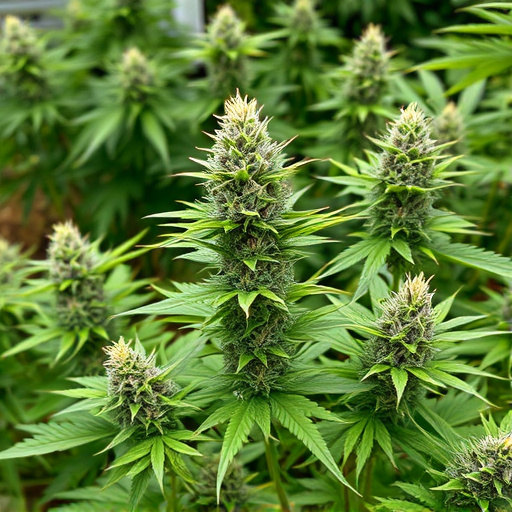
THC (Tetrahydrocannabinol) and CBD (Cannabidiol) are two prominent compounds found in outdoor cannabis strains, each playing a unique role in pain management. THC is well-known for its psychoactive effects, binding to CB1 receptors in the brain, which can lead to feelings of relaxation and pain reduction. It interacts with various neurotransmitters, modulating pain signals sent to the brain, thereby providing relief for chronic conditions like arthritis or neuropathic pain.
CBD, on the other hand, doesn’t produce a ‘high’ but offers significant therapeutic potential. It engages with the endocannabinoid system indirectly, influencing pain perception and reducing inflammation. Studies suggest that CBD can interact with TRPV1 receptors, known to be involved in pain sensation, offering an alternative approach to managing pain without the psychoactive effects of THC.
How Outdoor Cannabis Strains Can Enhance Pain Relief
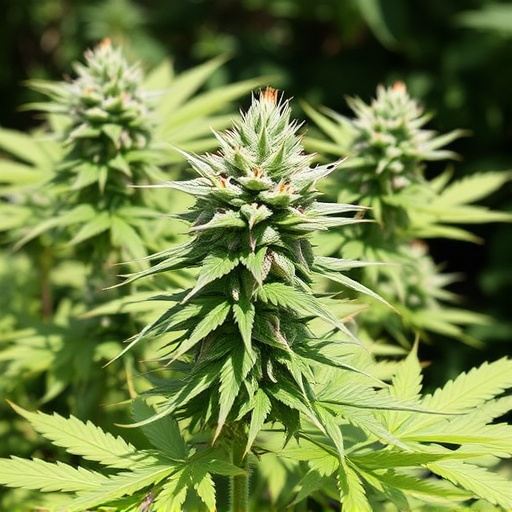
Outdoor cannabis strains have gained popularity for their potential benefits in pain management, thanks to their unique profiles and effects. These strains often contain higher levels of certain cannabinoids like THC (tetrahydrocannabinol) and CBD (cannabidiol), which are known for their analgesic properties. The natural environment in which these plants grow can also contribute to their potency; sunlight, fresh air, and access to a variety of herbal companions enhance the development of terpene profiles that further intensify their therapeutic effects.
Terpenes, aromatic compounds found in cannabis, play a significant role in enhancing pain relief. Outdoor strains often produce more diverse terpene profiles, offering a broader range of therapeutic benefits. For instance, myrcene, limonene, and linalool are common terpenes known for their anti-inflammatory and calming properties, which can significantly improve overall pain management experiences. Combining these natural elements makes outdoor cannabis strains a compelling option for those seeking effective, holistic approaches to alleviate chronic pain.
Safety and Effectiveness: Considerations for Using THC and CBD for Chronic Pain
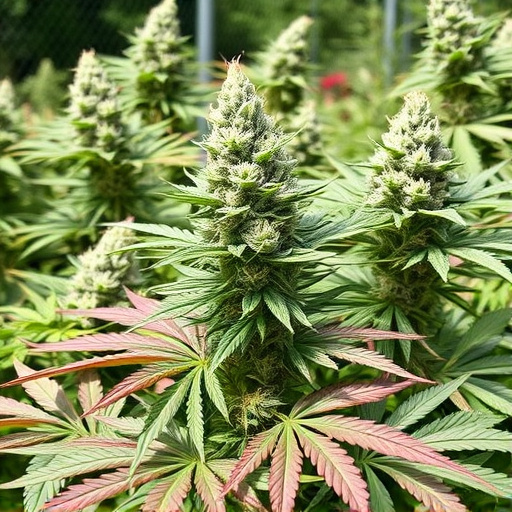
Using THC (tetrahydrocannabinol) and CBD (cannabidiol) for chronic pain management has gained attention in recent years, but it’s essential to approach this topic with caution. While both compounds have shown potential benefits in treating pain, their safety and effectiveness are still subjects of ongoing research. The key lies in understanding that not all outdoor cannabis strains offer the same levels of THC and CBD, impacting their suitability for different conditions and individuals.
High-THC strains may provide robust analgesic effects but carry risks like increased heart rate, anxiety, and potential respiratory issues. On the other hand, CBD-rich strains might be safer, as CBD generally doesn’t produce psychotropic effects. However, the right dosage and strain selection are critical to avoiding adverse reactions and ensuring effective pain management. Consulting with healthcare professionals is paramount before incorporating THC or CBD into any chronic pain treatment regimen.
In conclusion, both THC and CBD have shown potential in managing pain, with outdoor cannabis strains offering unique benefits. While more research is needed to fully understand their safety and efficacy, especially for chronic pain, these natural compounds provide promising alternatives for those seeking relief. Incorporating specific outdoor strains into your routine could offer a holistic approach to pain management, complementing traditional treatments and enhancing overall well-being.



